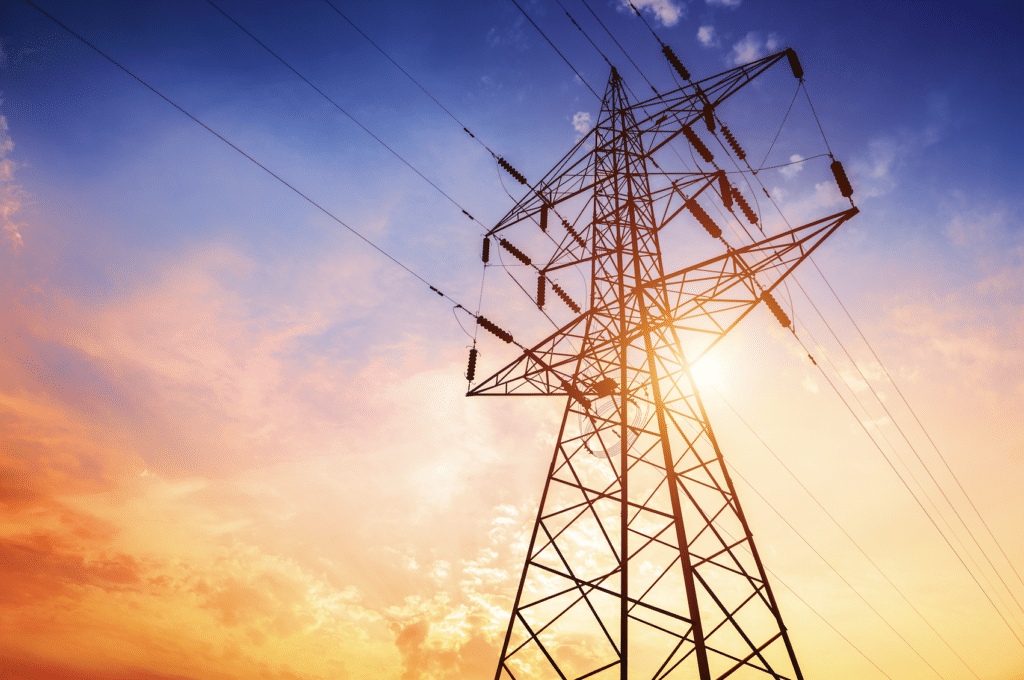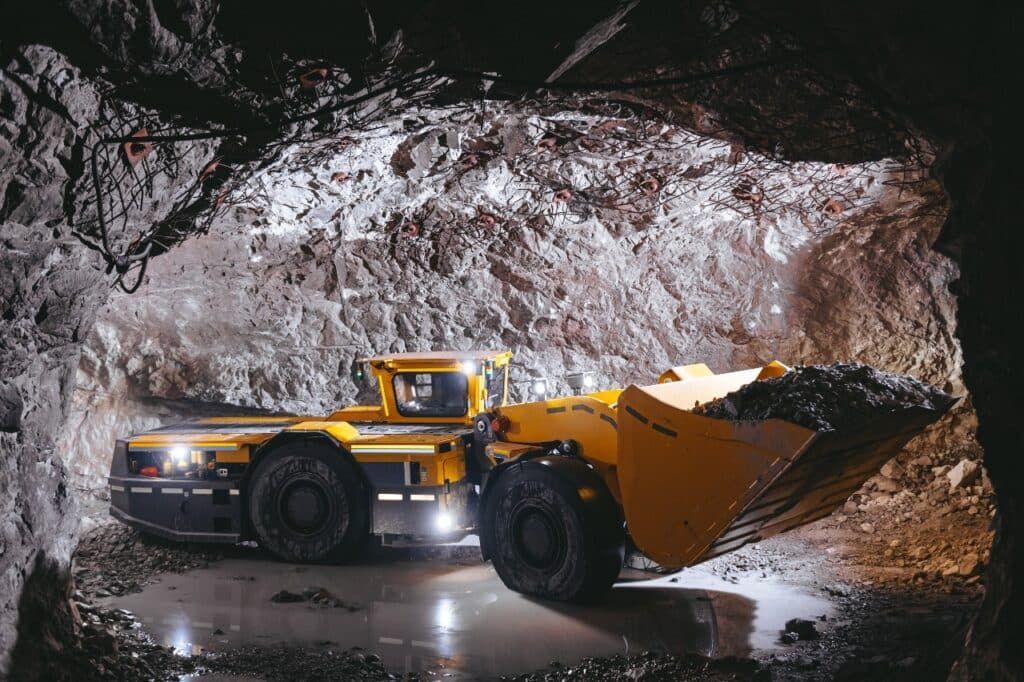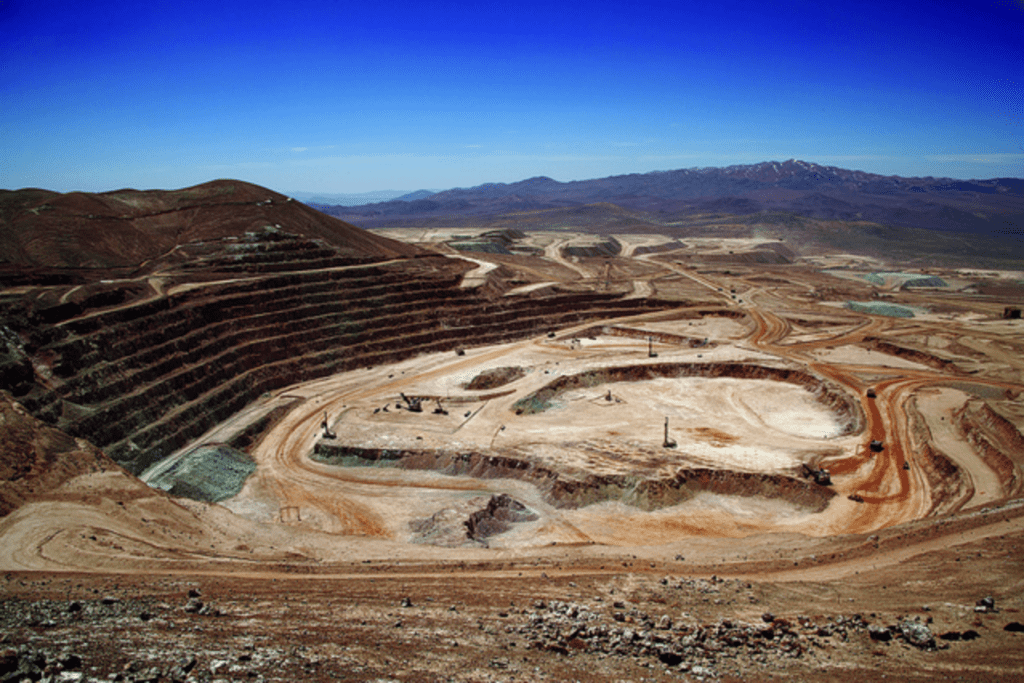NSW landowners tell inquiry they are ‘unable to farm’ due to effects of mining
Inquiry is examining how heavy metals and critical minerals mining is regulated and if the response to community concern is adequate
A New South Wales upper house inquiry has heard about the long lasting impact of mining for farming families, with concerns raised about regulatory processes and consultation for mines across the state’s central west.
Two farmers told a NSW upper house inquiry into the current and potential effects of gold, silver, lead and zinc mining on human and environmental health on Monday that they are “unable to farm” after agreeing to host a tailings dam on their property nearly two decades ago.
Catherine Sullivan and Craig Day have grown wheat and canola on their property, about 25km south of Cowra in the central-west. In 2005, they were approached by Resource Base, former owners of the Broula King goldmine to build a tailings storage facility on their property, covering 4 hectares to be built by 2012. The farmers were offered $10,000 for the use of their land.
Tailings, the leftover materials from the mining process, can include waste rock, minerals and heavy metals including lead. Tailing dams contain a mix of these leftovers with water, creating a slurry that can contaminate the surrounding environment and groundwater if not properly contained or constructed.
Sullivan told the inquiry that the tailing storage dam on her property was promised to be a “nil-exit site”, with no water leaving the dam. But with heavy rains, trickle pipes installed on neighbouring water holding sites to prevent a catastrophic tailings dam failure began to spill on the farm.
“We were the only ones to measure those,” Day said. “All that they measure is what’s being pumped up into the ore mine or the storage facility in high rainfall events, but while that’s happening, it’s discharging down into the creek.”
Day and Sullivan told the inquiry that more than 80,000 litres were estimated to flow from trickle pipes each day during heavy rain, through their property and downstream into the Tyagong Creek.
“Craig was measuring what was coming out of there, it was a pH of 4.4,” Sullivan said. A pH of 4.4 is comparable to acid rain and slightly more acidic than black coffee.
Daryl Young, director of BK Enterprises, the owners of the Broula King goldmine, told Guardian Australia that low pH levels from the trickle pipes are comparable to the levels found in natural springs, affected by historic contamination from previous mines.
“It needs to be put into perspective … 30,000 tonnes of historic tailings were treated with mercury and amalgam. There’s mercury and lead and cadmium leaching out of them downstream,” he said. “There is evidence that they are polluting the downstream Tyagong creek.”
Over the last two years of historically high rainfall, the current Broula mine has conducted three water releases to protect the tailings dam. Young said that these were in line with EPA licensing regulations and were only from surrounding water holding facilities.
“We’ve been measuring [natural springs] at a number of sites and they have high metal content and have low pH’s as well,” Young said. “But by the time the water gets down to Tyagong Creek, it is registering a six plus pH level and lower metal contents.”
The scope of the inquiry covers whether the regulatory framework for heavy metals and critical minerals mining is fit for purpose and whether responses to community concerns are adequate.
Sullivan and Day measured the trickle pipe flow themselves, but are limited in what action they can take with the NSW Environmental Protection Authority (NSW EPA) or the state’s Resources Regulator.
The mine remains in “care and maintenance”, where it is not operational, meaning that the EPA does not have jurisdiction, but it has not shut down and begun rehabilitation, which would fall under the powers of the NSW Resources Regulator.
Broula, bought by BKE in 2020, is set to become a regional mine waste processing and recycling centre, extending the lifespan of the site.
“We thought the numerous checks and balances will ensure that this project would exhaust the gold reserve and allow us to get on with farming.” Sullivan said. “Now we are unable to farm.”
“The groundwater seeped through our farmland, so we’re unable to sow crops in 2023. The current situation is that we can’t have any agistment of stock and no cropping.
“We have dying vegetation in the Tyagong Creek … We’ve publicly declared our land is contaminated and acknowledge that decades of rejuvenating our property have been thwarted by poor mining practice and regulation,” she said.
“We are truly in an extreme position.”
The need for stronger regulatory powers and environmental monitoring was echoed by Bruce Reynolds, a local councillor for Blayney living 9.5km from the Newcrest Cadia goldmine.
“I don’t think the EPA has enough teeth or power at this point in time,” he told the inquiry.
Reynolds described the two $15,000 fines given to Newcrest mining by the EPA as a “slap on the wrist”. The fines are the largest the agency can issue under the current Environmental Operations Act.
The mining company also recently pleaded guilty to breaching clean air regulations during its operations, after the NSW EPA began proceedings against Newcrest in August.
A spokesperson for Newcrest previously told Guardian Australia that “mining safely, responsibly, and sustainably is our absolute priority, as we rebuild trust and respect in the community”.
A spokesperson for the EPA told Guardian Australia that “stronger community engagement is a high priority” for the organisation, with investigations and monitoring continuing at Cadia and other mine sites.
Source: https://www.theguardian.com/australia-news/2023/oct/03/nsw-landowners-tell-inquiry-they-are-unable-to-farm-due-to-effects-of-mining




